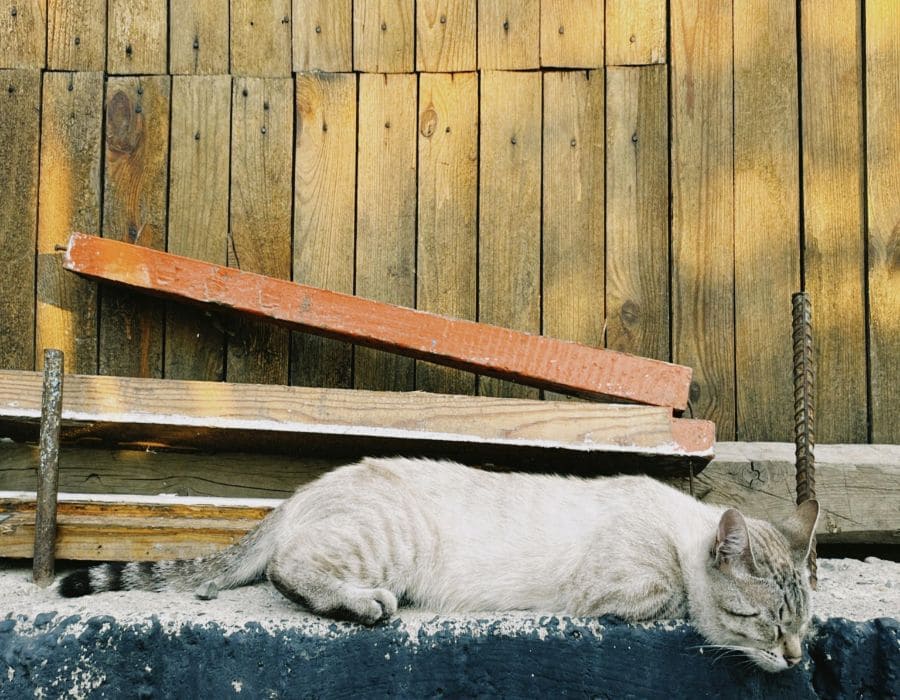What Happens To Unadopted Cats in the Shelter?
Shelters are often the last stop for many cats in need of a home, providing them with food, care, and safety while they wait for their forever families. However, not all cats find homes right away. So, what happens to the cats that remain in shelters for an extended period, or those that don’t get adopted at all? The answer depends on several factors, including the shelter’s policies, available resources, and the cat’s health or behavior. Here’s an in-depth look at what happens to unadopted cats in shelters, and how we can all help improve their chances of finding a home.
The Shelter Environment
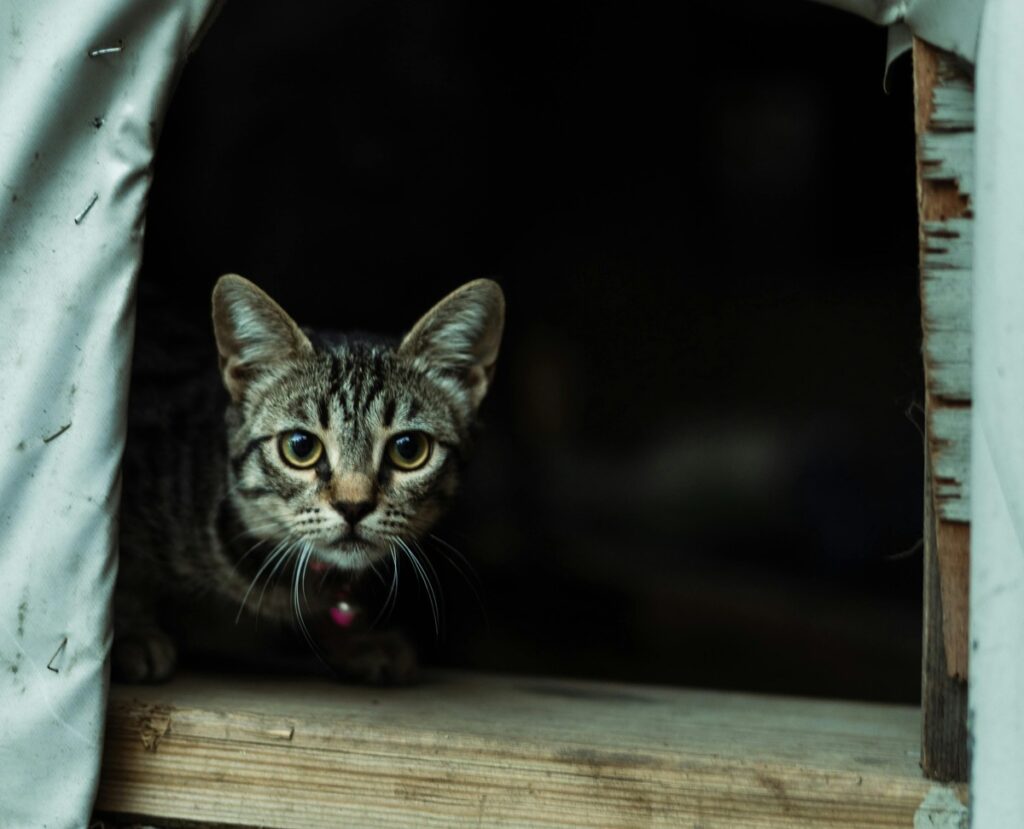
Shelters can be stressful environments for cats. With limited space, constant noise, and little opportunity for exercise or personal attention, many cats face anxiety and behavior issues while waiting for adoption. Despite the care they receive, the shelter environment can affect a cat’s overall well-being, leading to a decline in health and behavior the longer they stay.
So what happens to cats that don’t get adopted?
1. Extended Stays in Shelters
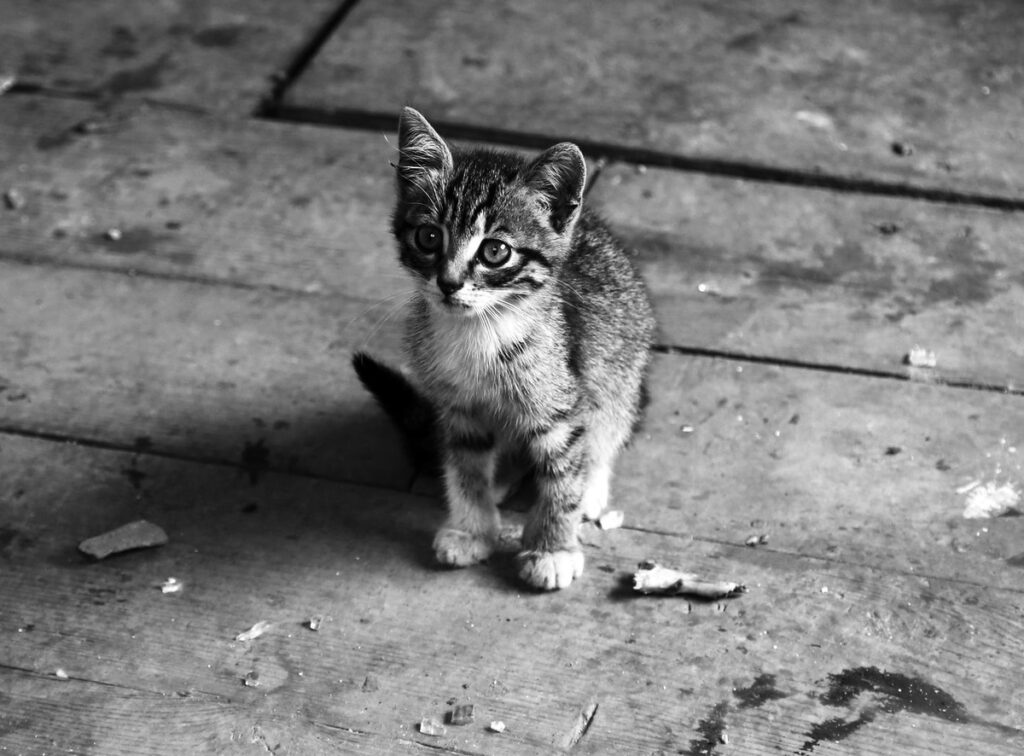
Cats who aren’t adopted often end up staying in shelters for long periods. While shelters strive to care for each animal, the long-term confinement of cats can result in stress and anxiety. These cats may become withdrawn, fearful, or aggressive due to their environment. Unfortunately, the longer they stay in shelters, the less likely they are to be adopted, as prolonged shelter life can lead to behavioral issues that make them less appealing to potential adopters.
2. Transfer to Other Shelters or Rescue Groups

Many shelters collaborate with rescue organizations or other shelters, especially when they are overcrowded. Cats that are not being adopted may be transferred to other shelters with more space or to rescue groups specializing in finding homes for harder-to-adopt cats. This can give the cats a better chance at adoption, as they may be placed in less stressful environments, such as foster homes where they can receive more attention and personalized care.
3. Foster Homes
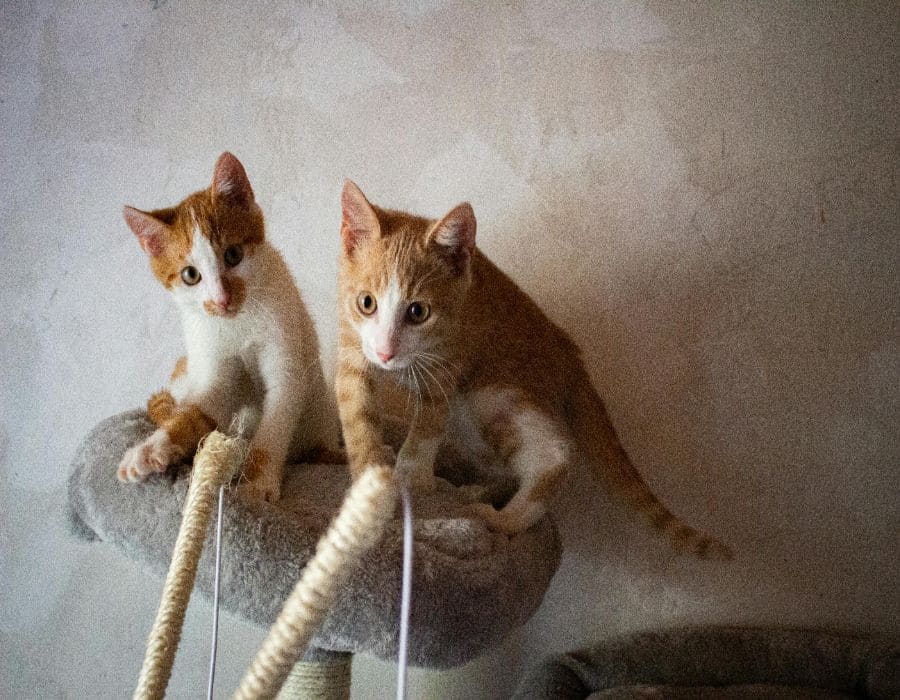
For cats that aren’t getting adopted in the shelter, some may be sent to foster homes. These homes offer a more relaxed, family-oriented environment where cats can live with a family, experience a quieter atmosphere, and show their true personalities. Foster homes are often vital for helping cats with behavioral issues or those who are too stressed in the shelter. They also help make a cat more adoptable by providing real-life socialization with people and other pets.
4. Medical and Behavioral Rehabilitation
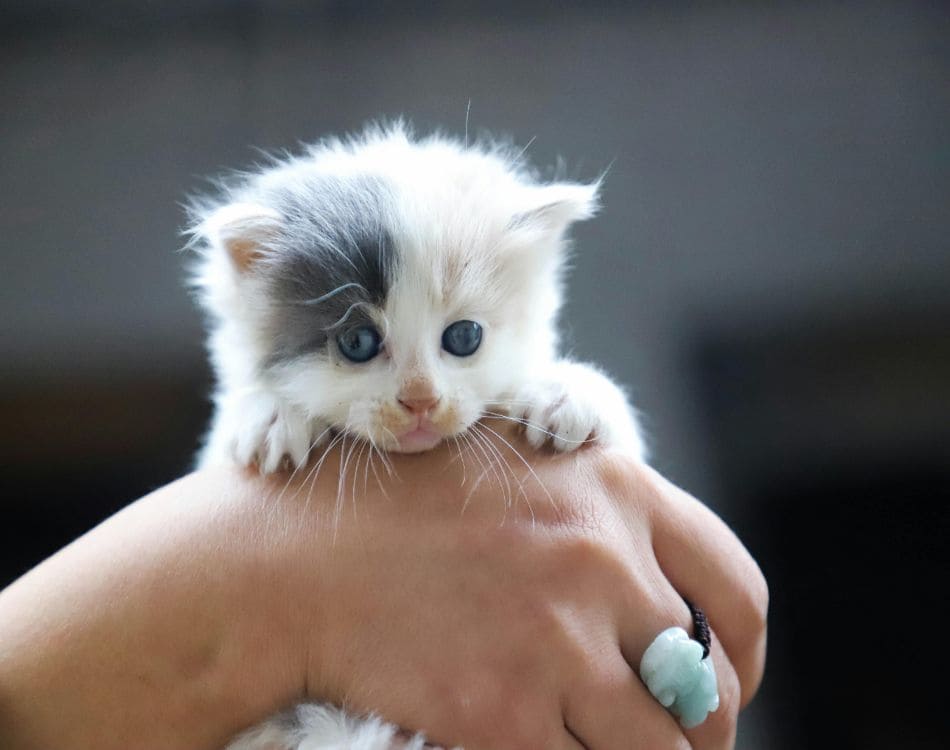
Some cats may not be adopted because of medical conditions or behavioral issues. Shelters often provide basic medical care and vaccinations, but more extensive treatment may be required for cats with special needs. Cats with medical conditions like chronic illnesses, blindness, or arthritis may need extra care, while cats with behavioral issues such as aggression or fear may require professional training or socialization. Shelters and rescue groups often work to rehabilitate these cats to help them become more adoptable.
5. Euthanasia
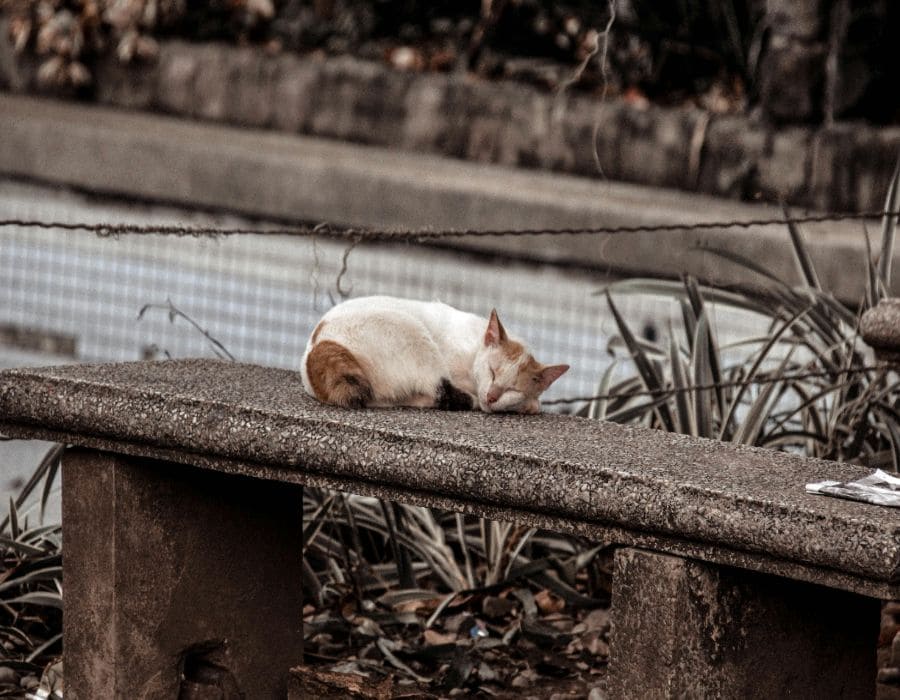
In some shelters, especially those that are overcrowded or underfunded, euthanasia may become a sad reality for cats who have been in the shelter for an extended period. Euthanasia is often used as a last resort for cats that are either too sick, aggressive, or not adoptable within the shelter’s timeframe. This is more common in kill shelters, which are not no-kill shelters, where euthanasia is used to make room for other animals. The decision to euthanize is typically made with a heavy heart, and shelters usually prioritize the well-being of the animals, often choosing to euthanize those who are suffering or have no chance of being adopted.
Now, how do we help these kittens?
1. Adopt a Shelter Cat
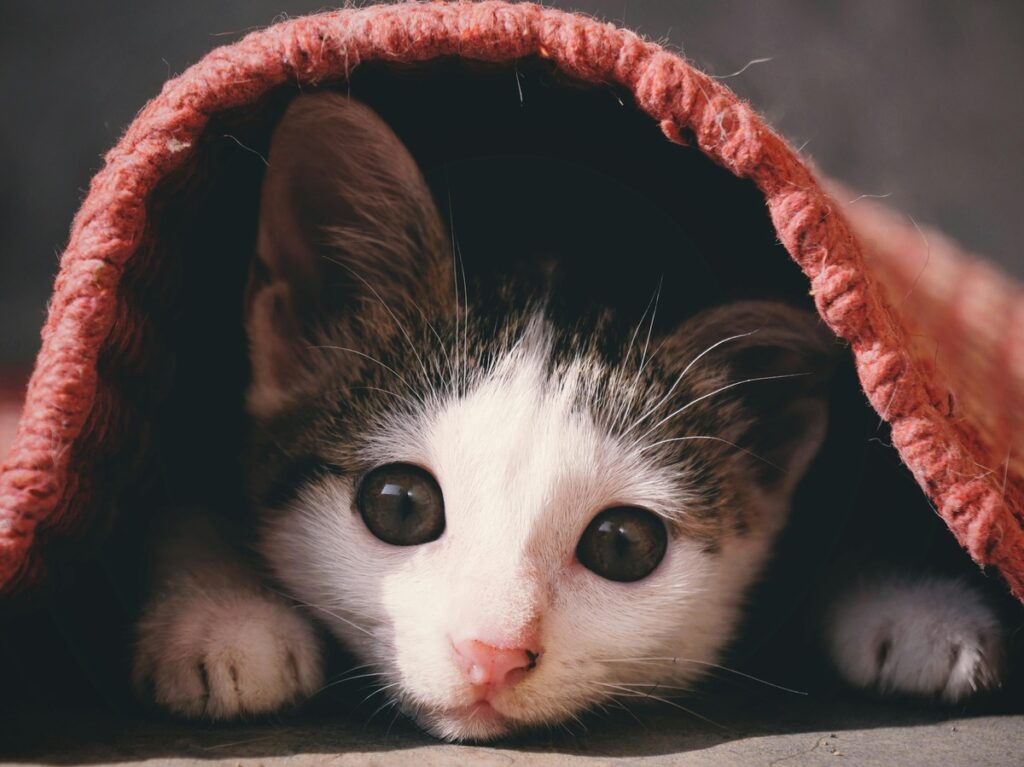
The most direct way to help unadopted cats is by adopting them! Shelters are filled with loving, friendly cats of all breeds, sizes, and ages. By adopting, you provide a cat with the love and care they deserve, and you help make room for other cats in need. Adoption gives these animals a chance at a new life, reducing the number of unadopted cats in shelters.
2. Foster a Cat
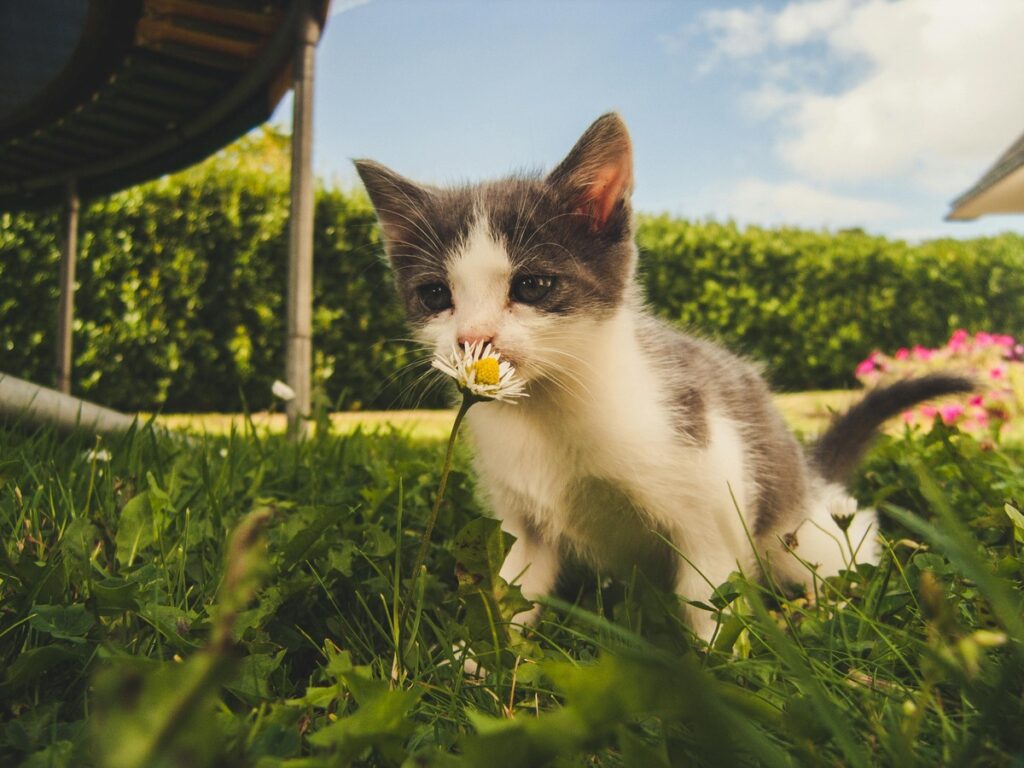
Fostering a cat offers them the opportunity to live in a quieter, more comfortable environment, which can drastically improve their chances of being adopted. Foster homes also help reduce overcrowding in shelters and provide vital one-on-one attention for cats in need. Fostering is especially helpful for cats that have medical or behavioral issues, as it gives them the chance to recover in a less stressful environment.
3. Volunteer at a Shelter

Shelters often rely on volunteers to help with the care of their animals, including cleaning, feeding, socializing, and walking the animals. If you don’t have the resources to adopt or foster, volunteering is a great way to contribute to the shelter and help care for unadopted cats. Your time and attention can make a huge difference in the lives of these animals and help improve their chances of finding a home.
4. Donate

Shelters depend on donations to continue their operations. Monetary donations are often used to cover the costs of medical care, food, and shelter maintenance. Donating pet supplies, such as blankets, food, or toys, can also help reduce costs and improve the quality of life for the cats in shelters. Some shelters may also need help with fundraising efforts, so your donation, whether financial or in-kind, can help ensure that the shelter remains operational.
5. Spread the Word

Sometimes the best thing you can do is to share information about available cats. Social media can be a powerful tool in getting the word out about cats in need of homes. Sharing pictures, stories, or adoption events can connect unadopted cats with potential adopters and increase their chances of being noticed. A simple post could lead to the perfect match for a cat in need.
While unadopted cats in shelters may face many challenges, there are plenty of ways we can help improve their chances of finding a home. Whether by adopting, fostering, volunteering, donating, or spreading the word, every little bit counts. Shelters rely on the support of compassionate individuals to reduce the number of cats waiting for homes and ensure that every cat has the opportunity to live in a loving environment. By working together, we can create a brighter future for unadopted cats in shelters everywhere.

